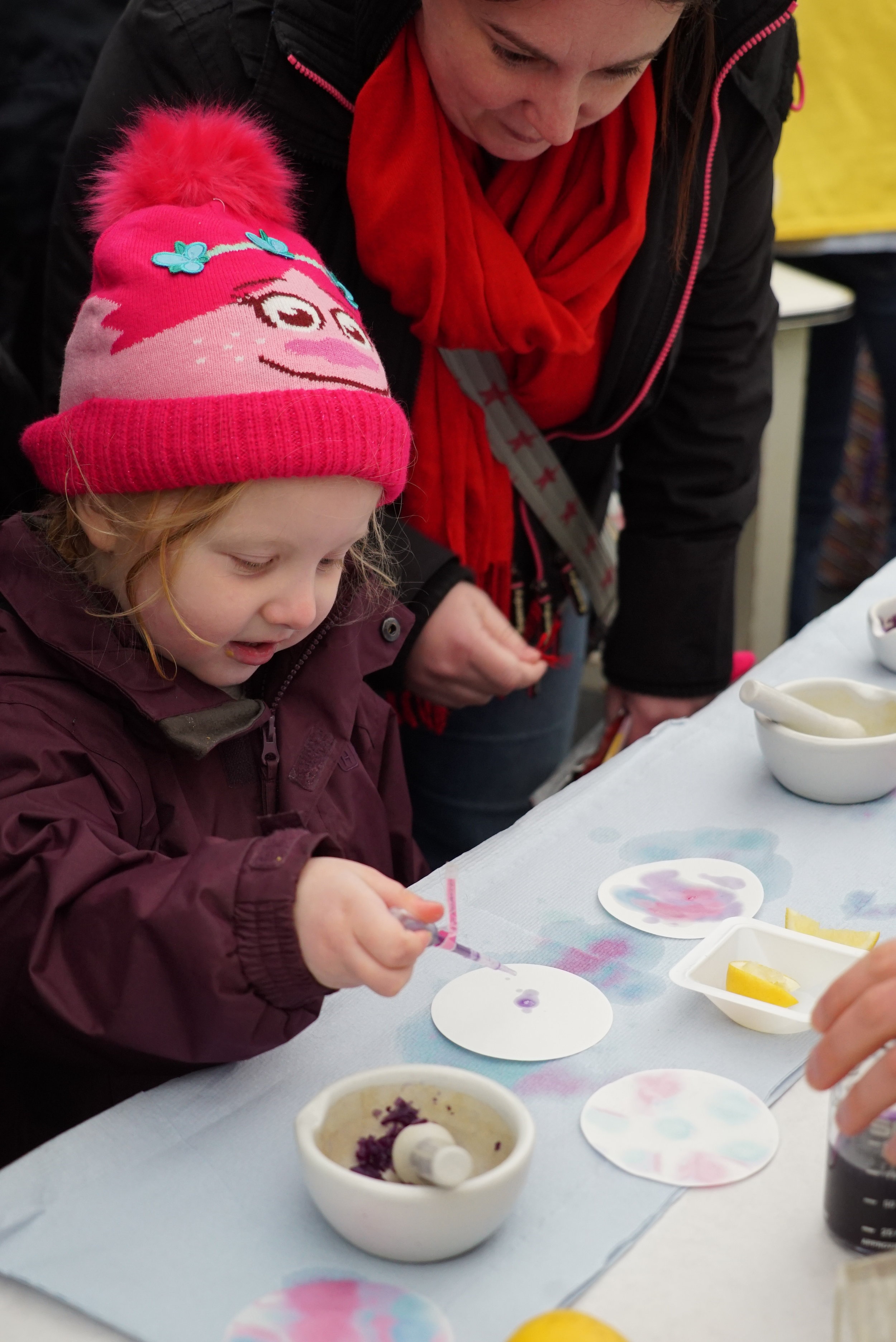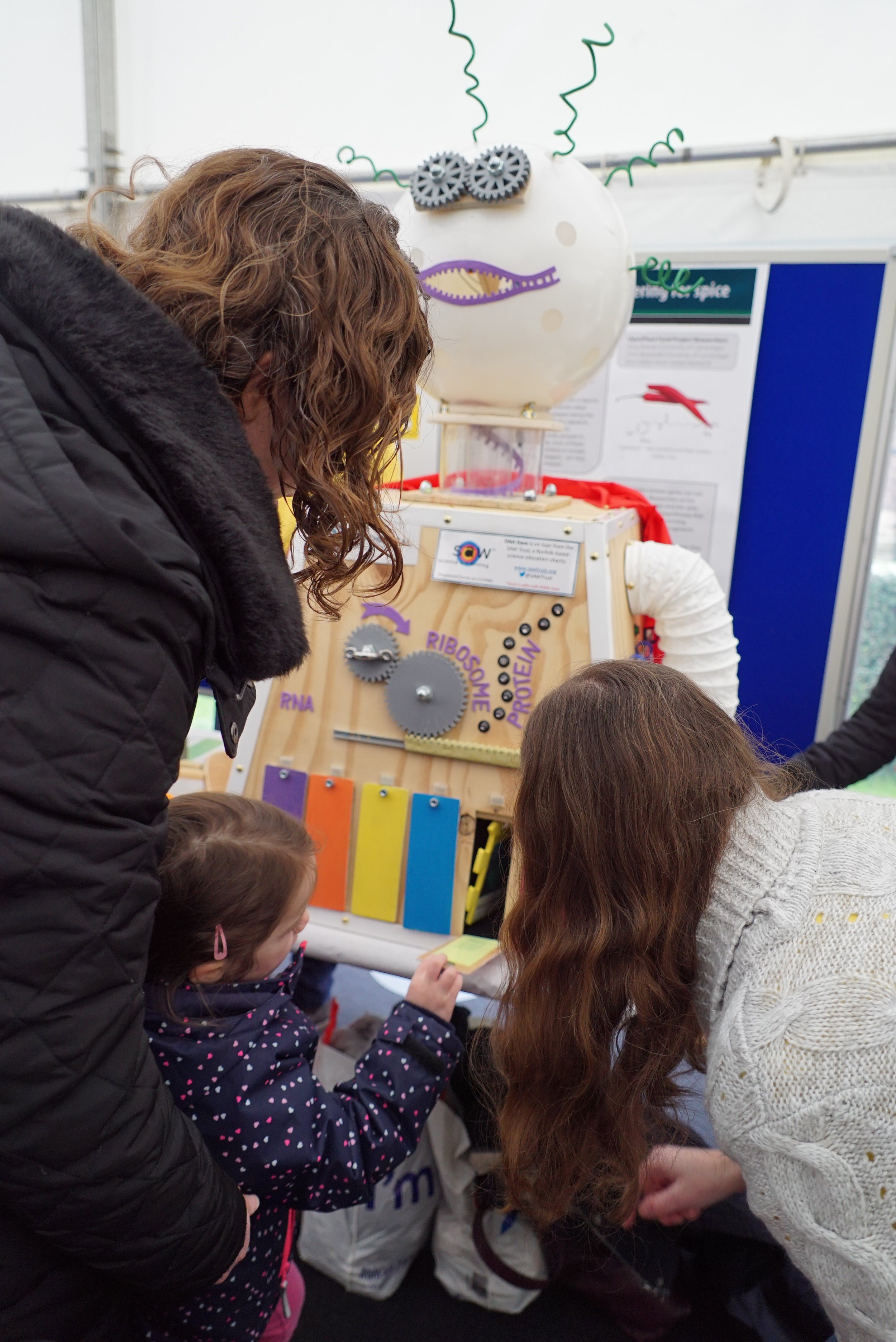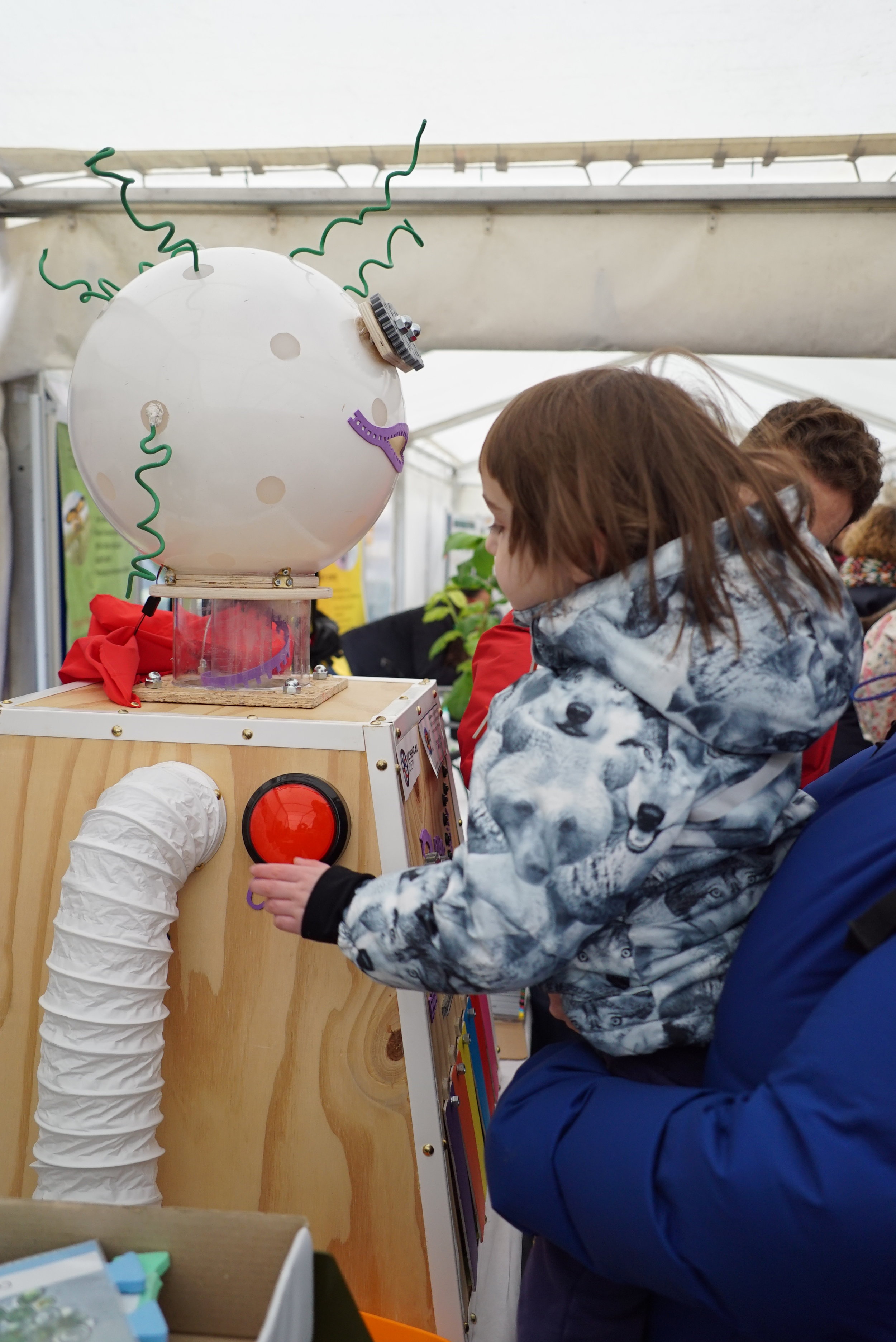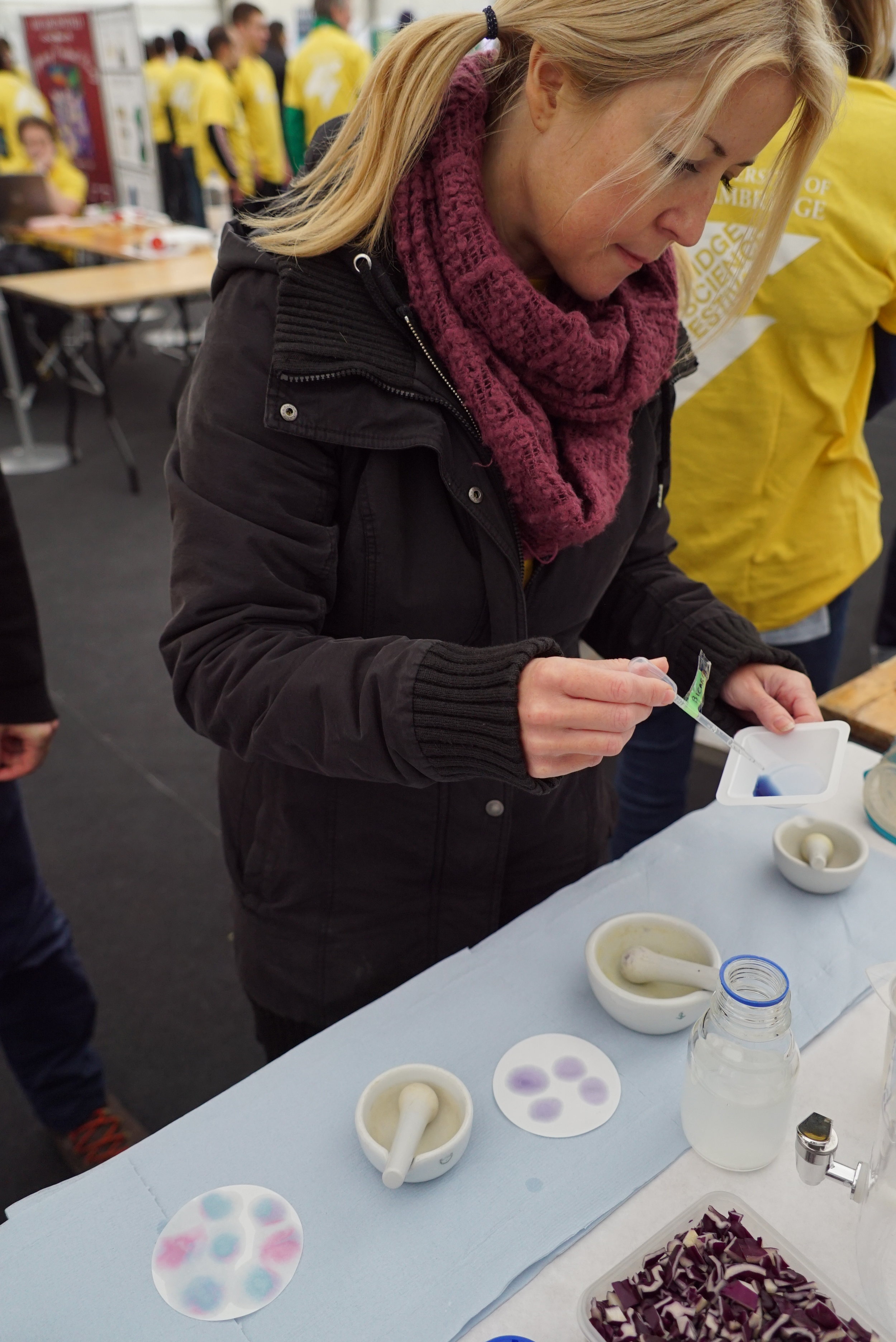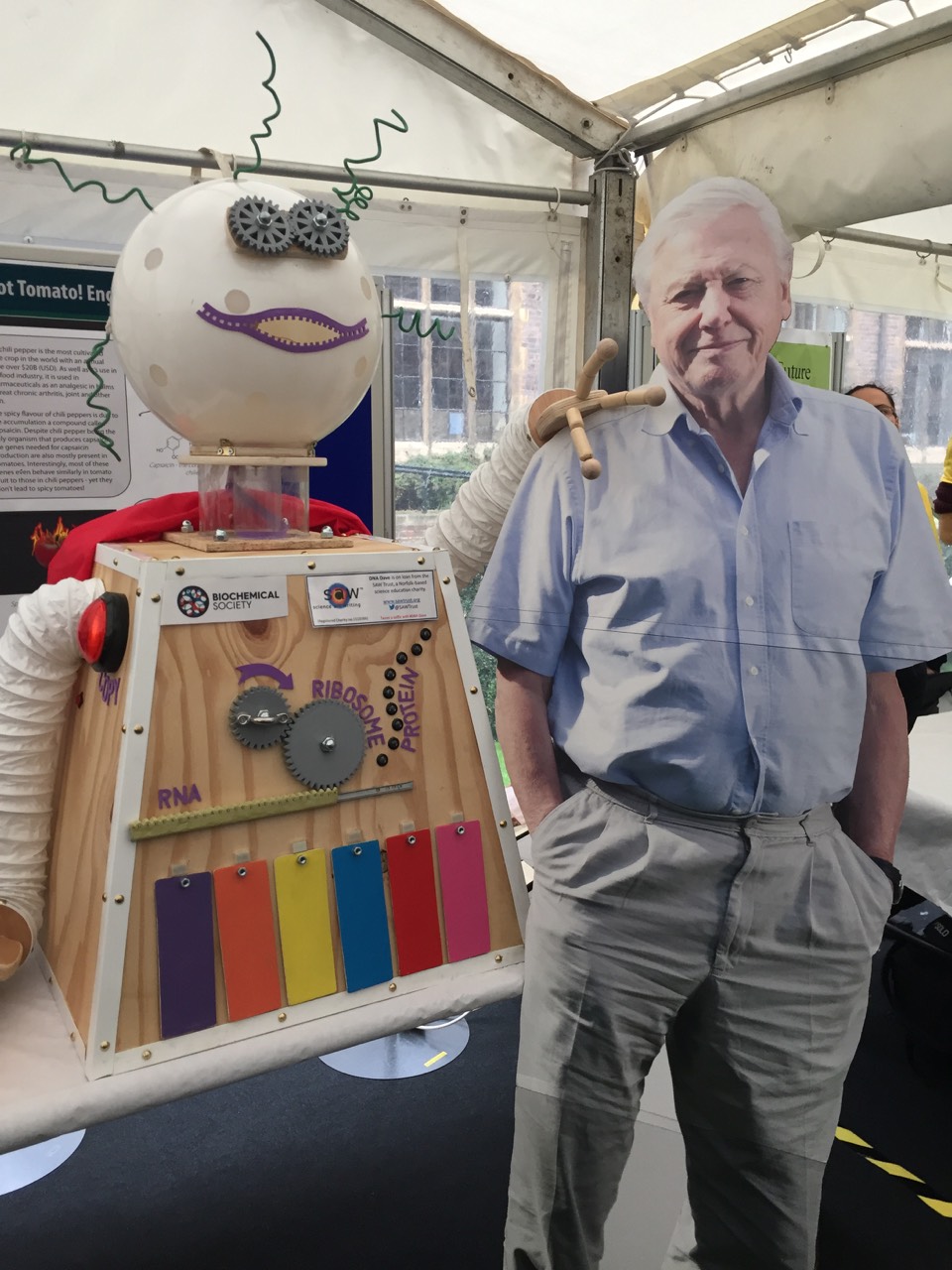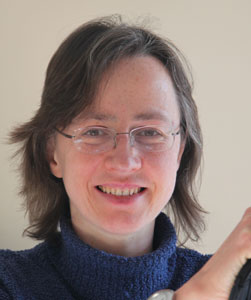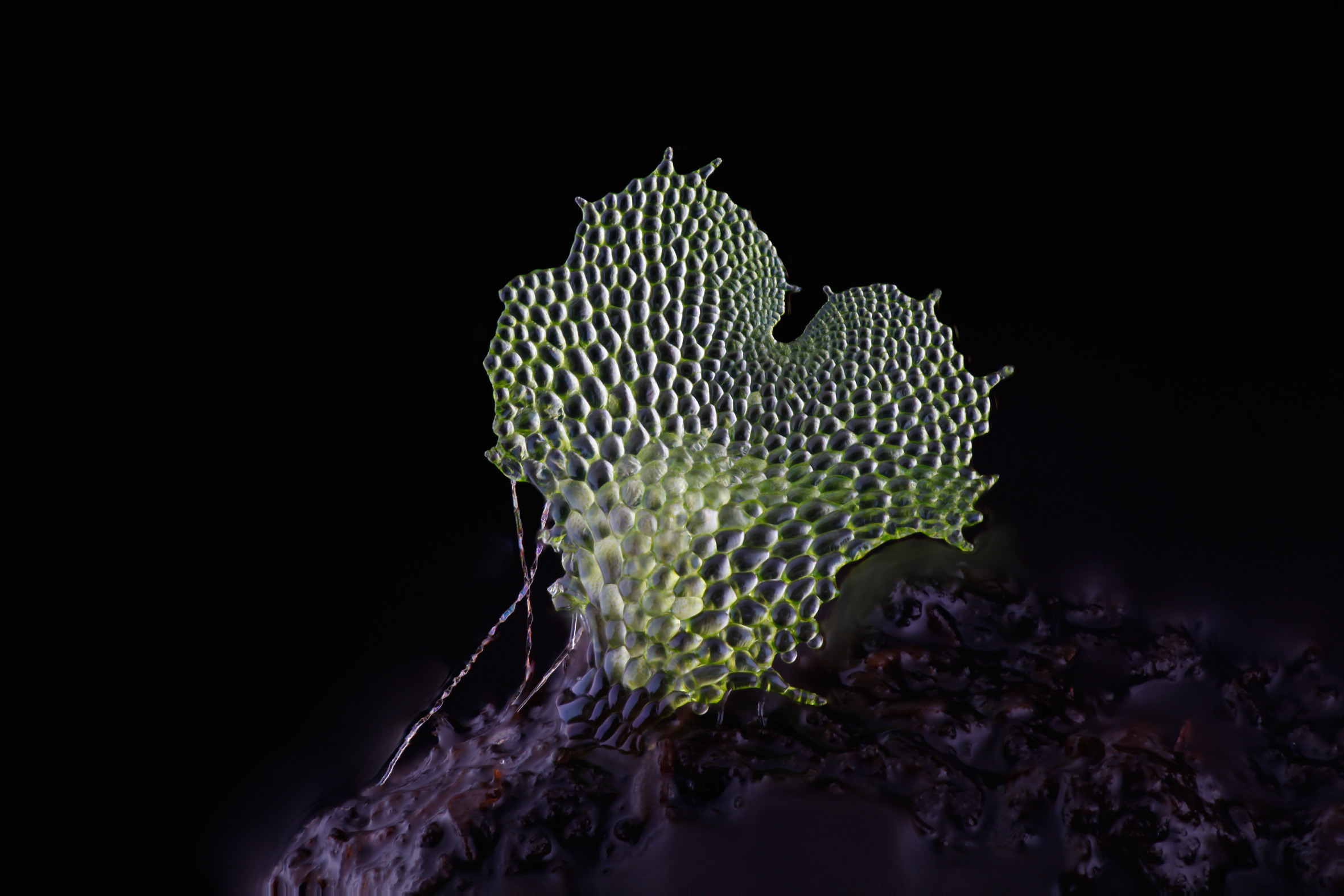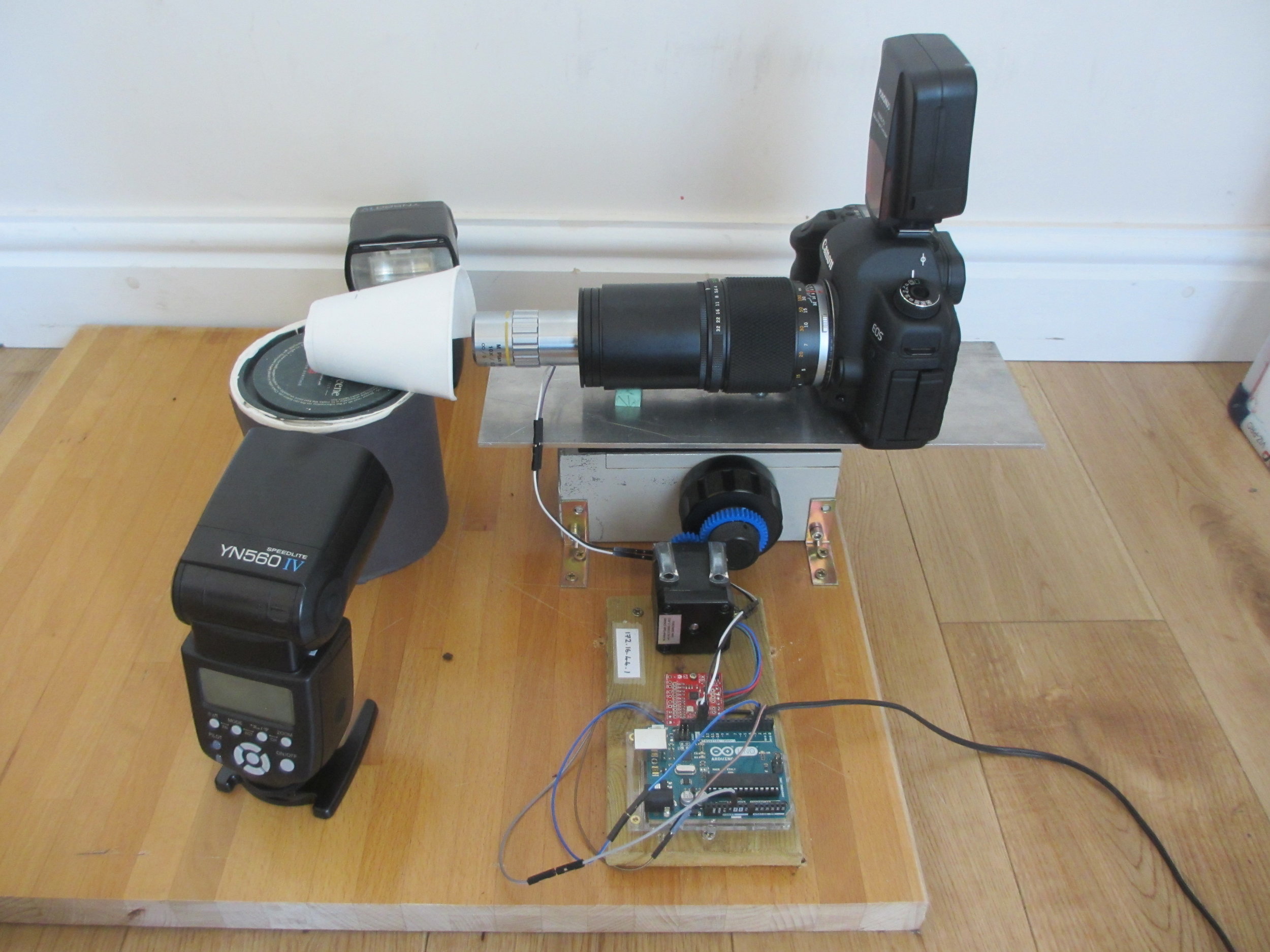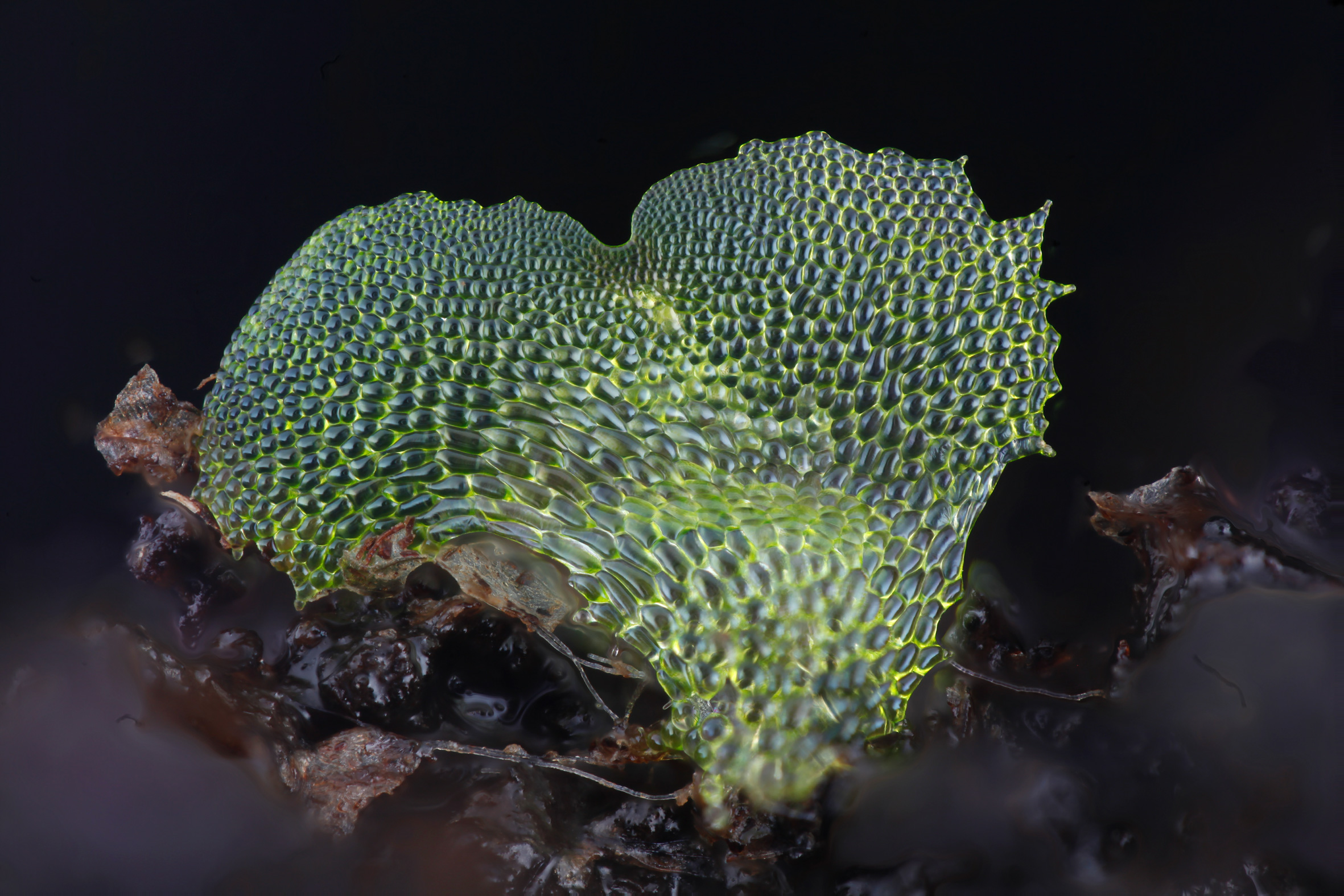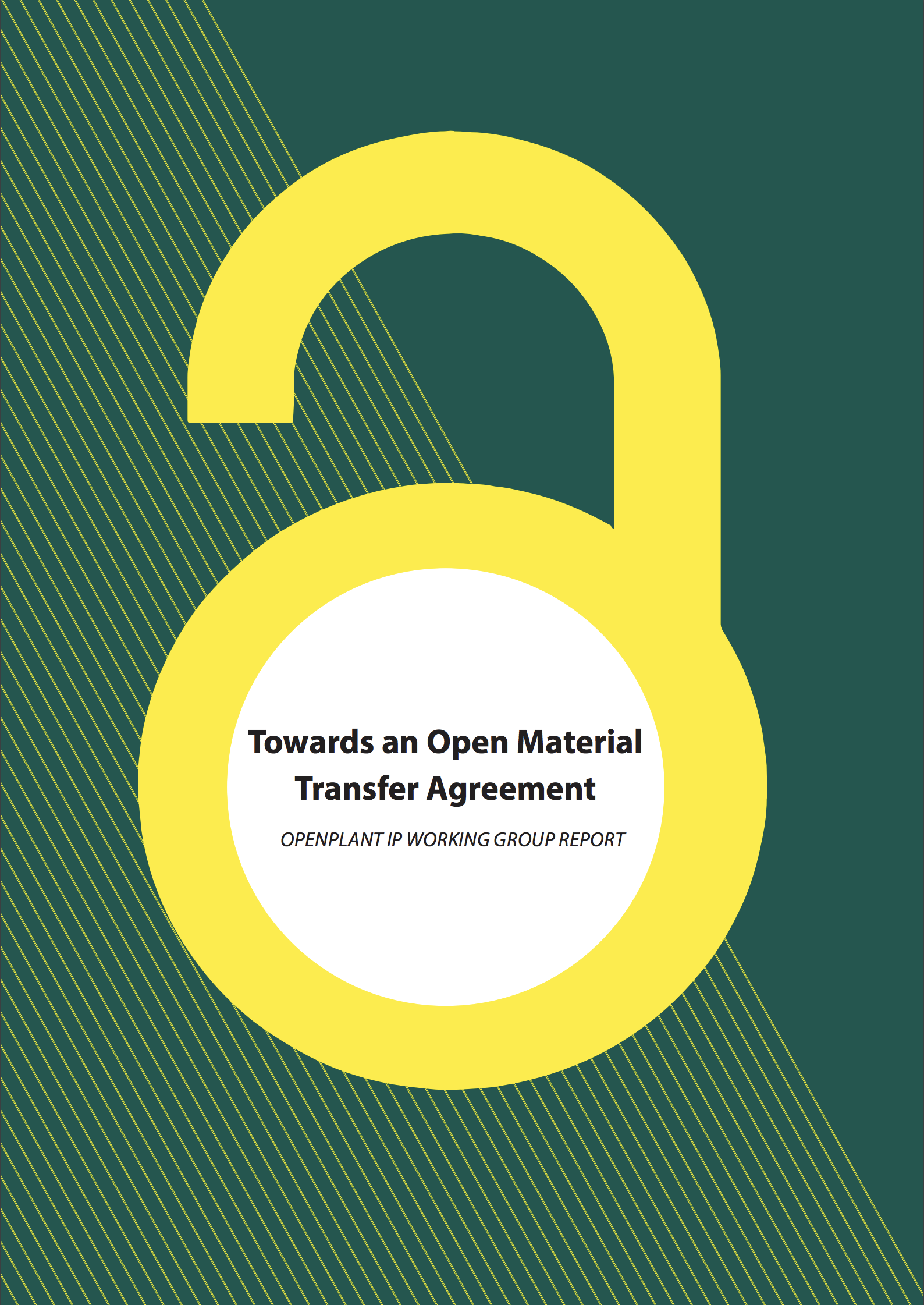We're looking to hire a Cambridge-based coordinator for the OpenPlant SynBio Research Centre and the Cambridge SynBio Strategic Research Initiative. Application deadline is 30 May 2018.
Full details of the post can be found at http://www.jobs.cam.ac.uk/job/17351/
The role-holder would work 50% to support the OpenPlant Synthetic Biology Research Centre and 50% with the Synthetic Biology Strategic Research Initiative (SynBio SRI). The purpose of the role is to help develop and implement a strategy that will enable both initiatives to become known leaders in the field and sustainable in the longer term.
OpenPlant (http://openplant.org) is a consortium funded by BBSRC and EPSRC comprising 20 labs spanning the University of Cambridge, John Innes Centre and the Earlham Institute (Norwich). The work of the Research Centre is intended to promote novel research on tools and applied traits for plant synthetic biology, open sharing of foundational technologies, and responsible innovation. The role-holder will work with the OpenPlant Directors and Management Group, including the OpenPlant Project Manager based in Norwich, to co-ordinate a variety of activities within the Research Centre.
The SynBio SRI (http://synbio.cam.ac.uk) aims to catalyse interdisciplinary exchange between engineering, physics, biology and social sciences to advance Synthetic Biology at the University of Cambridge. The role-holder will work with the SRI Co-Chairs and Steering Committee to develop, plan and deliver the SRI's vision and strategy. They will facilitate efforts to promote development of open technologies, build shared resources, and provide a hub for networking and discussion.
Responsibilities will also include co-ordinating seed funding competitions such as the Biomaker Challenge and OpenPlant Fund; organising formal and informal scientific meetings and forums; developing and managing relationships with stakeholders within and external to the University; seeking small and large-scale funding for future activities. The role-holder is additionally responsible for ensuring that synthetic biology activities in Cambridge are actively communicated and promoted, and is supported by the part-time SynBio SRI Events and Communication Co-ordinator.
The successful candidate will have a PhD in a relevant field and knowledge of Synthetic Biology research, policy and practice. They will have the ability to foster relationships with and between academics at all levels in an interdisciplinary context, and build partnerships with companies, funders and policy makers. A successful track record in attracting research funding would be advantageous. Excellent organisational and communications skills are essential, together with proven problem-solving skills and initiative.
Fixed-term: The funds for this post are available until 30 September 2019 in the first instance.

![[Closes 24 Nov 2107] Apply now to the OpenPlant Fund!](https://images.squarespace-cdn.com/content/v1/54a6bdb7e4b08424e69c93a1/1509564315902-TUO4I6QRWI9TT8UGSIAJ/OpenPlantTwitter_400x400+%281%29.jpg)

![[Closes 7 Mar 2017] OpenPlant Research Associate (Haseloff Lab)](https://images.squarespace-cdn.com/content/v1/54a6bdb7e4b08424e69c93a1/1486552818859-FH76MCA8SMFU93WB85RX/OpenPlantTwitter_400x400.jpg)

















